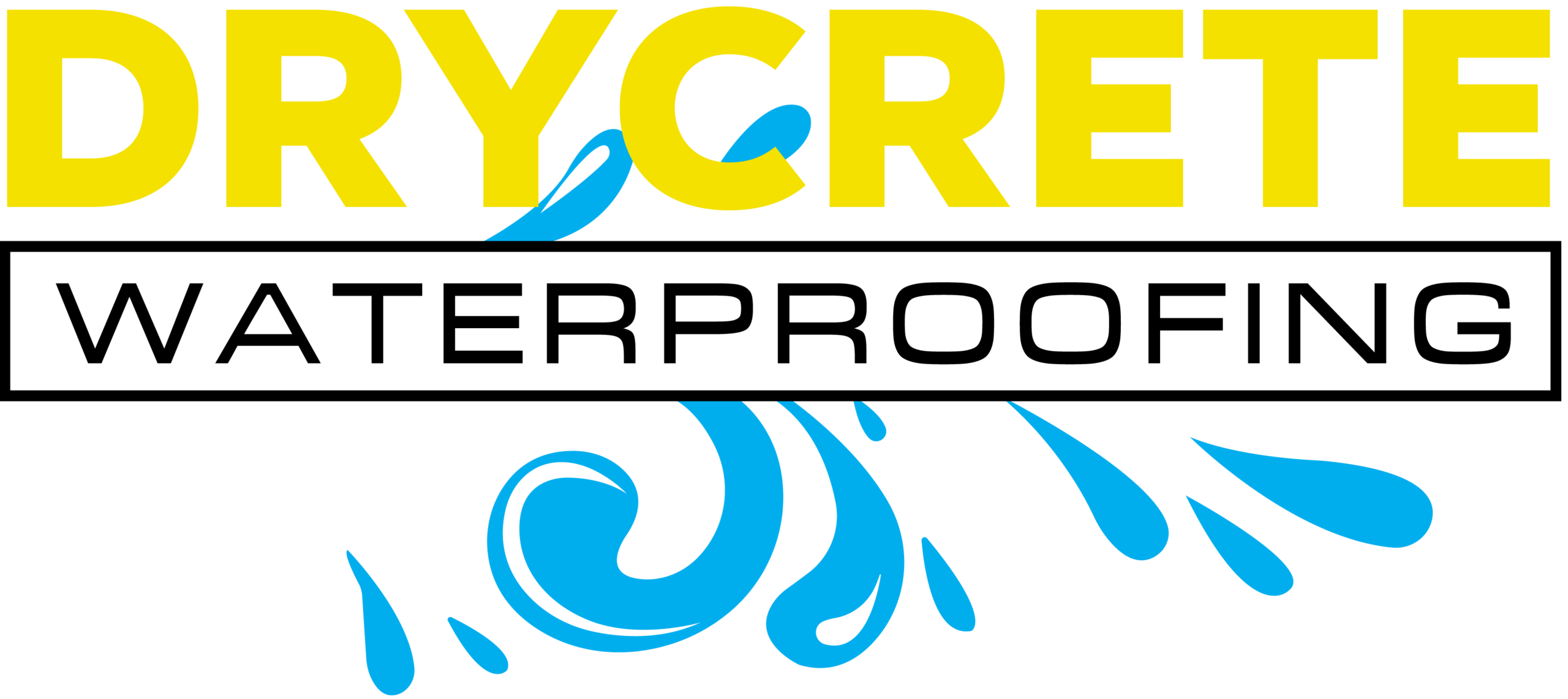When it comes to waterproofing your basement, there are several different systems that can be used. A French drain system is one of those. These interior drainage systems are a reliable solution for some homes that need interior drainage in their basements.
The French drain system was originally developed for fields. While there are still drains like this for fields, the one we are referring to is for your home or business.
Check out this complete guide to a French drain system.
What is a French Drain System, Exactly?
The best way to grasp how a French drain system works is to think of it almost like a guttering system that is placed underground. It works like a guttering system, but it does use different materials and it’s not attached to your roof around the edges of your home.
Instead, this interior drainage system is placed underground. It’s typically for basements. The drainage system will collect water as it comes in and then drain it out and away from your home.
The system is designed with pipes that are placed into the ground and directed to the best location to keep water away from the home and the basement. The actual location will vary depending on the house and the layout of the grounds.
How Do French Drains Function?
These drains are placed in the basement underground, so they are generally not visible. They are buried underneath dirt and often covered with rocks to make the area look smoother. They might also be covered over with other layers, depending on the placement and how the company placing them handles installation.
Even where the pipe runs on the exterior of the home will be covered to the point where the pipe is draining the water out and away from the home. Ultimately, the movement of water through the drain is based on gravity.
The water moves along the trench or the piping system and the pipe that emits the water and drains it away from the home rests at a lower level, so gravity allows the movement along the pipe zone.
With the water moving away from the home, it will help prevent the ground around your home from being oversaturated and help prevent water in the basement as well. The challenging part is determining a proper exit point.
However, experts who are familiar with French drain systems will know how to determine the best location. It needs to be low and away from the home. Some common locations include:
- Storm drains
- Drainage ditches
- Streets
- Dry wells
- Low-lying locations on the property but well away from the home
When a French Drain is a Good Solution?
There are times when a French drain is the best solution. Before you go this route, be sure to work with a professional so you can really determine whether it’s the best option for your needs.
The rule of thumb is if water tends to pool up in areas where it shouldn’t. Some signs of this are water standing in your yard or perhaps in your driveway. You might also see water coming into the basement or water in your crawl space.
One other possible reason for a French drain system might also be near or under a retaining wall. This is less common but could still be utilized.
Benefits of a French Drain System
French drains are not always the perfect solution for every situation. However, if you need a water solution, there are times they are the best option.
Here are a few of those benefits:
Efficiency
This type of drainage system is highly efficient once you get it set up. They are effective at protecting your home and your basement from water and the issues that come with an abundance of water being where it isn’t supposed to be.
Installation Process
Compared to some of the drainage systems out there, this one is not terrible to have installed. Yes, it will take a bit of time but you won’t be sacrificing your home or your comfort for weeks while a crew is working on installation.
Depending on the installation, it’s possible that the process could be complete within just a few days. Timing does vary by situation.
Affordability
Overall, a French drain system is affordable to have put in. Again, the cost will depend on the extent of the process and the crew that does it for you. However, it’s one of the more affordable waterproofing solutions in many ways.
You should also consider the money you will be saving when water isn’t flowing into your lawn or your basement and ruining things.
Are There Disadvantages?
There are always potential disadvantages with any system out there. For example, you shouldn’t try to install these on your own. It’s much better to bring in an expert to help you get it taken care of. If you try to do it on your own, you might end up with problems that will cost you more in the long run.
Another potential disadvantage is the ability for the drain to get clogged. However, with proactive drain cleaning and maintenance, you can likely evade this potential problem.
Professional French Drain Systems
If you need a French drain system, or any other type of waterproofing service, Drycrete Waterproofing can help. Our teams have the expertise to install your drainage systems and work with you to get your basement waterproofed appropriately. Contact us today for more information.

